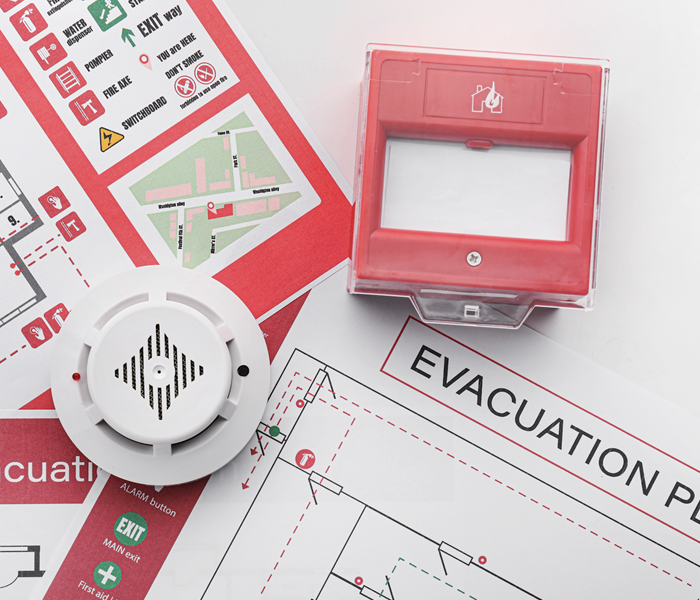How Many Fire Alarms Should I Have in My Home? Understanding Fire Safety Guidelines
9/12/2023 (Permalink)
Fire safety is critical for every homeowner, and one of the most crucial components of fire safety is smoke alarms. Smoke alarms are designed to detect the presence of smoke and alert you to the dangers of a fire. But how many smoke alarms do you need in your home to ensure maximum safety? In this blog post, we'll take a closer look at the fire safety guidelines and recommendations for smoke alarms.
Basic Guidelines for Smoke Alarms
The National Fire Protection Association (NFPA) recommends that every home have a smoke alarm installed in every bedroom, outside each sleeping area, and on every level of the home, including the basement. However, the specific number and placement of smoke alarms depends on the size and layout of your home.
When determining how many smoke alarms you need in your home, consider the following guidelines:
- Consider the Size and Layout of Your Home. The number of smoke alarms you need depends on the size and layout of your home. Larger homes or those with multiple levels may require more smoke alarms to ensure adequate coverage. When determining the placement of smoke alarms, consider the location of sleeping areas, stairwells, and other areas where fires are most likely to occur.
- Follow Local Fire Safety Codes. In addition to the NFPA recommendations, you should also follow the local fire safety codes for your area. Many states and municipalities have specific requirements for smoke alarms based on the size of the home and the number of occupants.
- Use Combination Smoke and Carbon Monoxide Alarms. Carbon monoxide is a deadly gas that can accumulate in your home without warning. Combination smoke and carbon monoxide alarms are recommended to ensure adequate detection and protection against both smoke and carbon monoxide.
Test smoke alarms regularly. Once installed, smoke alarms should be tested regularly to ensure they are functioning correctly. The NFPA recommends testing smoke alarms at least once a month and replacing batteries every six months. Smoke alarms should also be replaced every ten years.
Ensuring your home has an adequate number of smoke alarms is critical for fire safety. Generally, the NFPA recommends having a smoke alarm in every bedroom, outside each sleeping area, and on every level of the home. However, the specific placement and number of smoke alarms depend on the size and layout of your home and local fire safety codes. Remember to test your smoke alarms regularly and replace them every ten years to ensure maximum safety and protection against fire. Also having an evacuation plan in place can help redirect your family and protect them incase of a fire or emergency. Practice the evacuation plan periodically to ensure all the member of your household know where to meet incase of a fire.



 24/7 Emergency Service
24/7 Emergency Service
